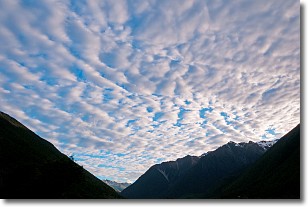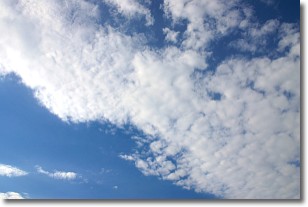Weather Alert in Connecticut
Extreme Heat Watch issued June 21 at 2:24AM EDT until June 24 at 8:00PM EDT by NWS Upton NY
AREAS AFFECTED: Southern Middlesex; Southern New London; Northwest Suffolk; Southwest Suffolk; Northern Nassau; Southern Nassau
DESCRIPTION: * WHAT...Dangerously hot conditions with heat index values up to 102 possible. * WHERE...In Connecticut, Southern Middlesex and Southern New London Counties. In New York, Northern Nassau, Northwest Suffolk, Southern Nassau, and Southwest Suffolk Counties. * WHEN...From Sunday afternoon through Tuesday evening. * IMPACTS...Extreme heat and humidity will significantly increase the potential for heat related illnesses, particularly for those working or participating in outdoor activities.
INSTRUCTION: An Extreme Heat Watch means that the combination of heat and humidity could create a dangerous situation in which heat illnesses are possible. Take extra precautions if you work or spend time outside. When possible, reschedule strenuous activities to early morning or evening. Know the signs and symptoms of heat exhaustion and heat stroke. Wear light weight and loose fitting clothing when possible, and drink plenty of water. Seniors and those with chronic health problems or mental health conditions are at an increased risk. Homes without air conditioning can be much hotter than outdoor temperatures. Use air conditioning to stay cool at home or go to a place that has air conditioning. If you don't have home air conditioning, continue to seek out cool spaces each day as long as it remains hot, and for a few days after if your home is still hot. Check on vulnerable friends, family members and neighbors. To reduce risk during outdoor work, the Occupational Safety and Health Administration recommends scheduling frequent rest breaks in shaded or air conditioned environments. Anyone overcome by heat should be moved to a cool and shaded location. Heat stroke is an emergency! In cases of heat stroke call 9 1 1.
Want more detail? Get the Complete 7 Day and Night Detailed Forecast!
Current U.S. National Radar--Current
The Current National Weather Radar is shown below with a UTC Time (subtract 5 hours from UTC to get Eastern Time).

National Weather Forecast--Current
The Current National Weather Forecast and National Weather Map are shown below.

National Weather Forecast for Tomorrow
Tomorrow National Weather Forecast and Tomorrow National Weather Map are show below.

North America Water Vapor (Moisture)
This map shows recent moisture content over North America. Bright and colored areas show high moisture (ie, clouds); brown indicates very little moisture present; black indicates no moisture.

Weather Topic: What are Stratus Clouds?
Home - Education - Cloud Types - Stratus Clouds
 Next Topic: Wall Clouds
Next Topic: Wall Clouds
Stratus clouds are similar to altostratus clouds, but form at a
lower altitude and are identified by their fog-like appearance, lacking the
distinguishing features of most clouds.
Stratus clouds are wider than most clouds, and their base has a smooth, uniform
look which is lighter in color than a nimbostratus cloud.
The presence of a stratus cloud indicates the possibility of minor precipitation,
such as drizzle, but heavier precipitation does not typically arrive in the form
of a stratus cloud.
Next Topic: Wall Clouds
Weather Topic: What are Altocumulus Clouds?
Home - Education - Cloud Types - Altocumulus Clouds
 Next Topic: Altostratus Clouds
Next Topic: Altostratus Clouds
Similar to cirrocumulus clouds, altocumulus clouds are
characterized by cloud patches. They are distinguished by larger cloudlets
than cirrocumulus clouds but are still smaller than stratocumulus clouds.
Altocumulus clouds most commonly form in middle altitudes (between 2 and 5 km)
and may resemble, at times, the shape of a flying saucer.
These uncommon formations, called altocumulus lenticularis, are created by uplift
in the atmosphere and are most often seen in close proximity to mountains.
Next Topic: Altostratus Clouds
Current conditions powered by WeatherAPI.com




